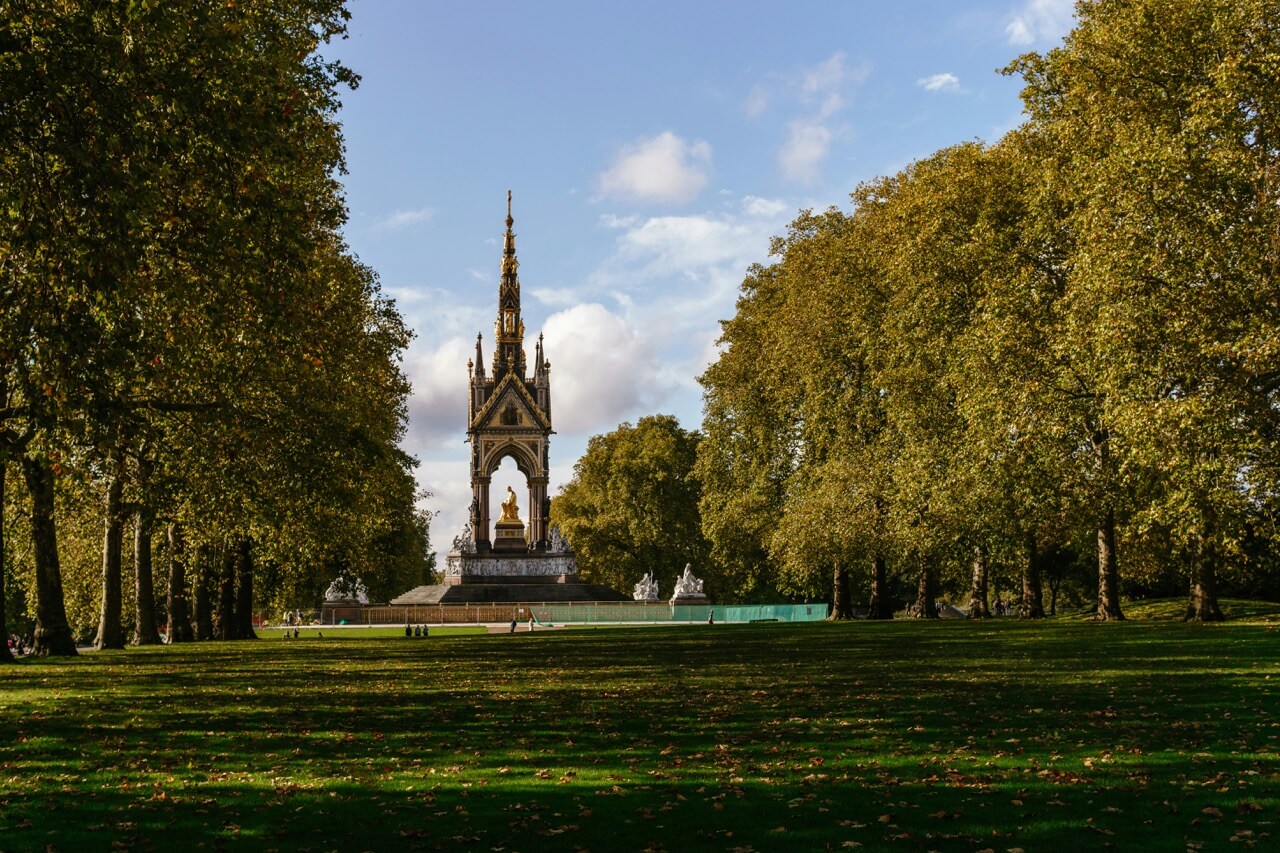Hyde Park stands as one of London’s most loved filming locations, where centuries of history merge with sprawling natural beauty across 350 acres of protected Royal parkland. As the producer for a video production company in London with years of experience coordinating productions in London and in the Royal Parks, I’ve learned that successful filming here requires more than just obtaining a permit – it demands a deep understanding of the park’s unique ecosystem, regulations, and operational considerations.
Credit: Pedro Nascimento
Understanding the Significance of Hyde Park
Before diving into the logistics, it’s important to understand why Hyde Park holds such special status. As one of London’s eight Royal Parks, it operates under specific protections designed to preserve both its historical significance and natural environment. The park’s diverse landscapes – from the serene Serpentine lake to its manicured Italian Gardens – offer filmmakers exceptional versatility, but this same diversity creates unique challenges for production teams.
Navigating the Permit Process
Securing filming permission in Hyde Park begins with The Royal Parks organization, but success requires understanding the nuances of their application process. Your application needs to demonstrate not just what you plan to film, but how you’ll protect the park’s environment and maintain public access during your shoot.
When submitting your application to film@royalparks.org.uk, include detailed information about your production’s scope. The review team particularly focuses on crew size, equipment requirements, and specific filming locations within the park. Their evaluation considers factors such as seasonal wildlife protection periods, scheduled public events, and potential impact on park vegetation.
Permit fees vary based on several factors, including production scale and duration. While larger productions naturally incur higher fees, The Royal Parks organisation considers the overall impact rather than just crew size. A small crew requiring extensive ground protection might face higher fees than a larger crew working primarily on established pathways.
Production Logistics: The Key to Success
Understanding Hyde Park’s infrastructure limitations helps prevent common production pitfalls. Vehicle access restrictions mean equipment transport requires careful planning. The most successful productions typically use Q-Park Queensway for larger vehicles and equipment storage, while coordinating smaller equipment transport using approved park access points.
Power access presents another crucial consideration. While the park provides some electrical infrastructure, most productions require generators. These must meet strict noise control standards – typically 60dB at 7 meters – and require secondary containment for fuel storage. Professional experience has shown that hybrid generators often prove most effective, balancing noise requirements with reliable power delivery.
Weather Considerations and Environmental Protection
London’s changeable weather demands robust contingency planning. While temporary structures can protect equipment, their installation must follow specific guidelines to prevent ground damage. The most successful approaches typically involve lightweight, self-weighted structures that don’t require ground penetration.
Environmental protection extends beyond obvious considerations. For instance, lighting setups need to account for local wildlife. During spring and early summer, certain areas may have restricted access due to nesting birds. Understanding these seasonal patterns helps in planning shooting schedules that minimize ecological impact while maintaining production efficiency.
Working with Park Visitors
Public access management requires a delicate balance. While The Royal Parks permits temporary access restrictions for filming, successful productions maintain positive relationships with park visitors through clear communication and considerate operations. Experienced production teams often employ dedicated public liaison officers during busy periods, helping maintain harmony between filming requirements and public enjoyment of the park.
Advanced Filming Considerations
Drone operations in Hyde Park require additional permits and careful planning. The park’s proximity to central London means operators must navigate both CAA regulations and park-specific requirements. Successful drone filming typically occurs during early morning hours when visitor numbers are lower and wildlife activity is minimal. For more information on how to fly a drone in London read our ultimate guide to flying a drone in London.
After Your Shoot
Post-production site management proves just as crucial as the filming itself. The Royal Parks conducts thorough site inspections following productions, and your team’s handling of site restoration can impact future permit applications. Successful productions typically document the location’s condition before and after filming, helping prevent disputes and demonstrate responsible site management.
Looking Forward
As environmental considerations continue to gain importance, The Royal Parks increasingly favors productions demonstrating strong sustainability commitments. Forward-thinking production teams now incorporate electric vehicles, solar power solutions, and comprehensive waste management strategies into their planning.
Conclusion
Filming in Hyde Park offers unparalleled opportunities to capture one of London’s most iconic spaces, but success requires balancing creative ambitions with environmental responsibility and public access considerations. By understanding the park’s unique requirements and planning accordingly, production teams can achieve their creative vision while preserving this historic space for future generations.
Remember to verify current requirements when planning your shoot, as regulations evolve to meet changing environmental and public use needs. For the latest guidelines and application information, always consult directly with The Royal Parks filming office.

